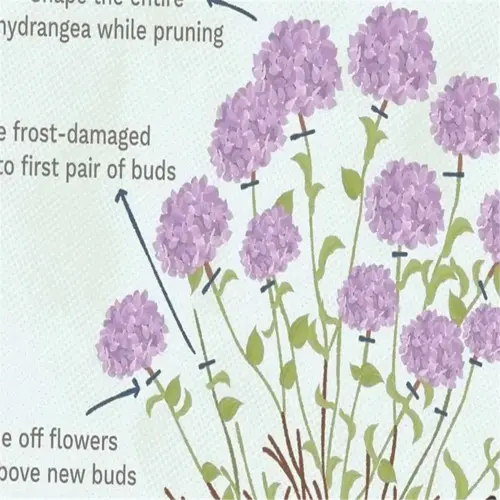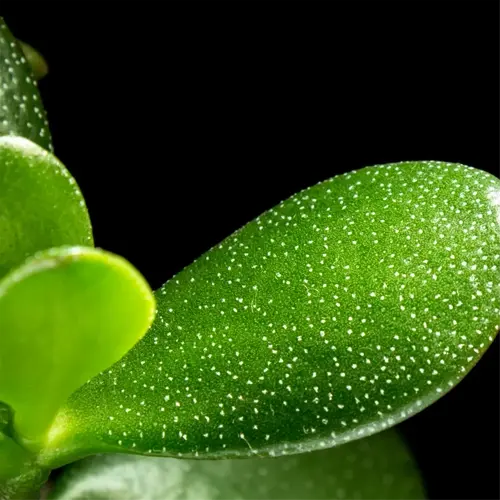Can worm castings replace chemical fertilizers completely?

Written by
Tina Carter
Reviewed by
Prof. Martin Thorne, Ph.D.The advantages of worm castings for your soil include fewer chemical fertilizers, but they must be used thoughtfully. In contrast to synthetic fertilizers that saturate your soil with nutrients right away, the castings release nutrients throughout 6 to 8 months. The zucchini patch thrived solely with worm castings, while the tomatoes required a bump of some compost during their fruiting phase. Sustainable results require balance.
Combination Approach
- Use castings for baseline nutrition
- Add compost tea during growth spurts
- Apply rock dust for trace minerals
Timing Applications
- Mix into soil 2 weeks pre-planting
- Side-dress at flowering stage
- Refresh top 1" every 60 days
Slow-release nutrients limit salt accumulation that can be damaging to root structure. My bean plants turned yellow with synthetic fertilizers and stayed green with the worm castings. For a heavy feeder such as corn, I will mix the worm castings with some aged manure. This is a two-part nutrition program that provides instant as well as slow-release feed without resorting to feeding at toxic levels.
Microbial activity renders castings irreplaceable. A single teaspoon contains 1 billion beneficial organisms that work to fix nitrogen and solubilize phosphorus. These microbes outcompete pathogens. Since using castings, my basil has not been impacted by fusarium wilt! They are nature's labor force, and they get paid in organic matter!
Testing Frequency
- pH test every 3 months
- Organic matter analysis annually
- Microbial counts via lab every 2 years
Adjustment Signs
- Crusty soil surface (add castings)
- Slow drainage (aerate with castings)
- Pale leaves (supplement with kelp)
To fully transition from synthetics to organics requires patience. I replaced 25% of synthetics with castings per year. By the third season, my entire garden was approximately 90% organic. When I started soil testing, I found 300% greater levels of worm populations and stable pH levels; it is evident that ecological balance is better than a quick fix.
Read the full article: 10 Worm Castings Benefits You Need to Know

